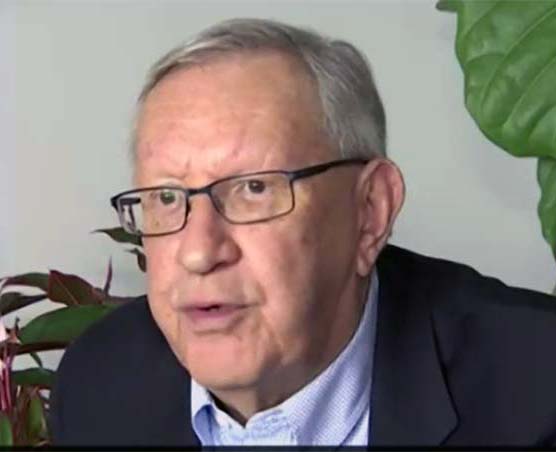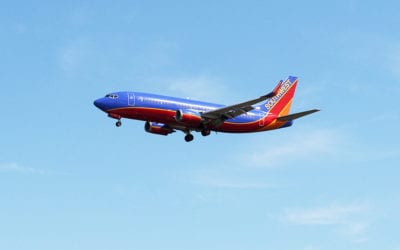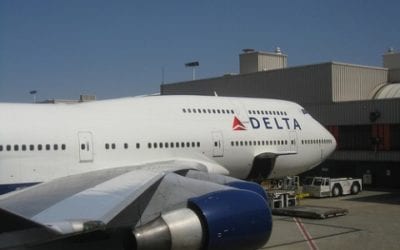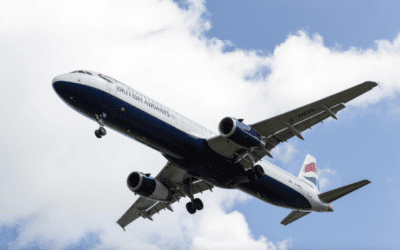The International Civil Aviation Organization (ICAO) released a report that concludes ambiguous or confusing air traffic control (ATC) phraseology “is a frequent contributor to aircraft accidents and incidents.”
When voice communications will remain the industry’s primary means of ATC communications, it is hard to imagine a more problematical safety issue than pilots communicating with each other and with air traffic controllers.
For some reason, this safety issue has percolated beneath public awareness. However, the first time a U.S. aircraft crashes because of “miscommunications,” there will be hell to pay.
Here is the full phraseology study from ICAO in pdf format that can be downloaded for further reading. The study presents the analysis of 2,070 pilots and 568 air traffic controllers who responded to the survey.
… ICAO maintains that “a miscommunication could potentially lead to a dangerous situation without any of the involved stakeholders being aware,” especially in regions where English is not the native language. The study gathered information from 2,070 pilots and 568 controllers all over the globe.
Fifty-four percent of respondents reported there were specific issues created by non-standard phraseology they identified as threats such as number and word confusions such as “two” and “to,” or “Turn to heading zero four zero” rather than “turn heading zero four zero.” Forty-four percent of pilots said they experience nonstandard phraseology at least once per flight.
Communication between airline pilots and air traffic controllers is not as simple as simply speaking the same language. There are other problems that creep into the system, especially when local pilots and controllers deviate from the “English-only” rules and the “standard phraseology.” In many cases instructions are open to interpretation rather than being specific.
The study was completed to highlight the importance of utilizing standard phraseology and to study the problems associated with local accents and the use of local languages.
The ICAO study conclusion: “…the vast majority of the surveys’ respondents stated that these factors were a concern and routinely caused misunderstanding.” Moreso, the problems are not limited to non-English-speaking airspace — some of the most egregious problems were reported in English-speaking areas where controllers and pilots resorted to slang and spoke rapidly.
Here is an edited summary of the most common communication confusion problems according to the survey answers by pilots and controllers:
- • The use of mixed languages, with international crews speaking English with ATCs and the local crews speaking the country’s language…
- • The lack of standardization in communications … the use of slang, … improper usage of the phonetic alphabet … non-standard call signs.
- • For altitude references, the use of the words TO and TWO, and FOR and FOUR was noted as a potential contributing factor in altitude errors (e.g., “cleared to seven thousand” understood as “cleared two seven thousand”).
- • For heading changes the use of “TO” instead of “heading” could result in confusion with a level change clearance (e.g., “turn TO zero five zero” instead of “heading zero five zero” could be mistaken for clearance to climb/descend to flight level 050).
- • The lack of clarity in the applicability of speed and altitude restrictions.
- • The lack of standardization in the use of call signs was also noted.

Charlie Leocha is the President of Travelers United. He has been working in Washington, DC, for the past 14 years with Congress, the Department of Transportation, and industry stakeholders on travel issues. He was the first consumer representative to the Advisory Committee for Aviation Consumer Protections appointed by the Secretary of Transportation from 2012 through 2018.




